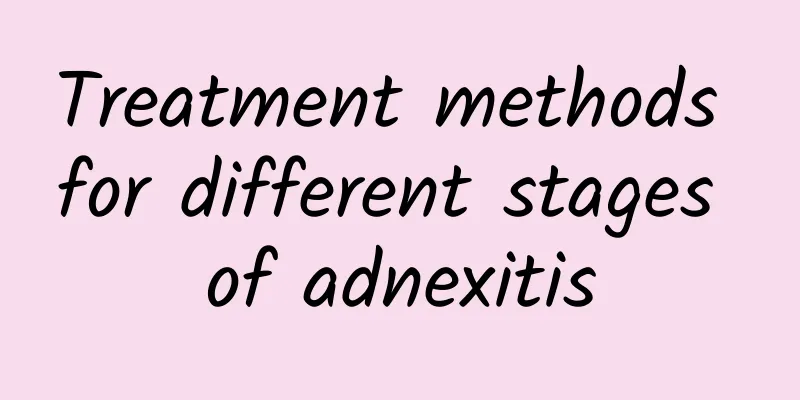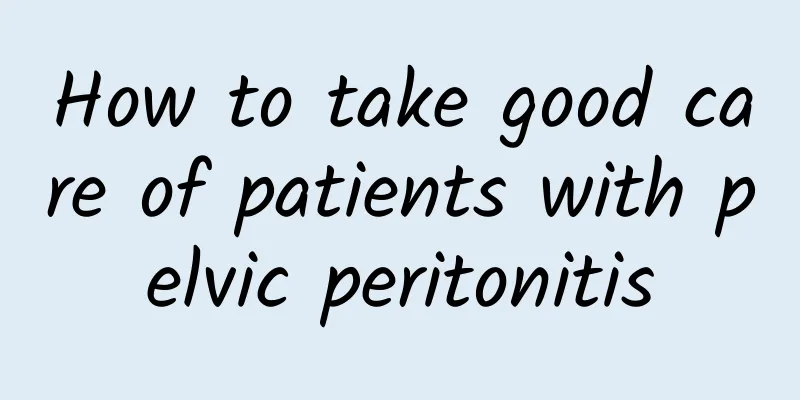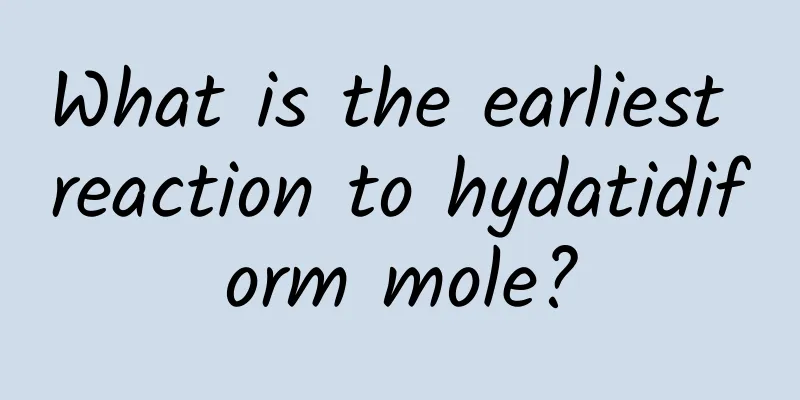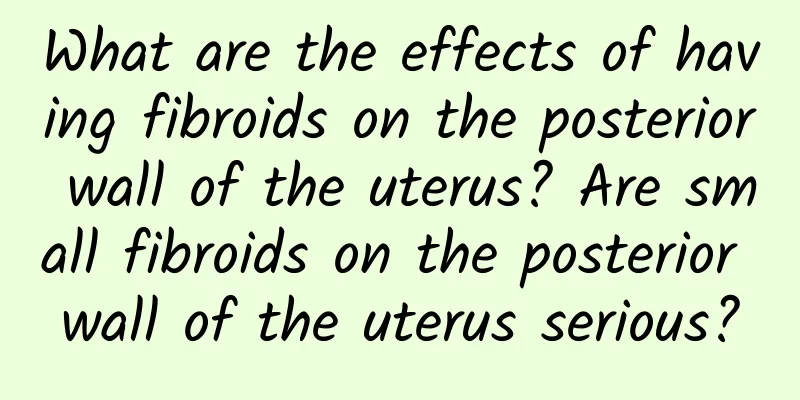Treatment methods for different stages of adnexitis

|
Adnexitis refers to inflammation of the fallopian tubes and ovaries. There are acute and chronic adnexitis. Generally speaking, the chronic adnexitis we refer to is the acute adnexitis. Adnexitis is a common disease among women, especially in countries with disordered sexual life and rampant sexually transmitted diseases. The main causes of pelvic inflammatory disease in my country include poor personal hygiene, the use of intrauterine contraceptive devices, postpartum and post-abortion infections, insufficient attention to aseptic operation during gynecological examinations and surgeries, unclean sexual intercourse or sexual intercourse during menstruation, etc., which can easily lead to the invasion of pathogens and cause disease. Chronic adnexitis is often caused by the failure to properly and thoroughly treat acute adnexitis or by the patient's poor physical condition and prolonged course of the disease. Clinically, systemic symptoms are mostly not obvious, and may manifest as low-grade fever and fatigue. When the disease lasts for a long time, some patients may have symptoms of neurasthenia, such as lack of energy, general discomfort, Insomnia, etc. When the patient's resistance is poor, acute or subacute attacks are likely to occur. Local symptoms are mostly manifested as lower abdominal distension, pain, and lumbar pain, which are often aggravated after fatigue, sexual intercourse, defecation, and before and after menstruation; patients may have increased menstruation and leucorrhea, menstrual disorders when ovarian function is damaged, and infertility when fallopian tube adhesions and blockages occur. The treatment of chronic adnexitis is not complicated, but it is easy to relapse, so it seems lingering and difficult to cure.In the acute stage of adnexitis, hospitalization is required, and antibiotic-based drug therapy is used. Sometimes vaginal incision and drainage of pus are used. Although this method can relieve the painful symptoms of the acute stage, due to the continued inflammation in the abdomen, symptoms such as slight fever, discomfort and pain in the lower abdomen will continue to occur. In order to prevent chronicity, appropriate treatment must be adhered to. Most acute adnexitis will not turn into chronicity after antibiotic treatment and can be gradually cured. Chronic adnexitis is usually treated with antibiotics and anti-inflammatory analgesics, and the condition is observed. If the adhesion symptoms cannot be relieved and the abscess does not shrink, surgery must be performed to remove the adhesion and abscess. |
<<: 6 reasons why incomplete abortion occurs during artificial abortion
>>: There are 3 treatments for chronic adnexitis:
Recommend
What are the early pictures of female cervical warts
Cervical warts are a very harmful disease. The ma...
Is it better to use nitrofuratel soft capsule or metronidazole for bacterial vaginitis?
Bacterial vaginosis is usually better with metron...
A 23-year-old woman was diagnosed with vulvar cancer! Her "bad habits" are a wake-up call for everyone! It's worth learning from
"Doctor, I'm only 23 years old, how come...
What are the symptoms of right ovarian cyst?
What are the symptoms of a right ovarian cyst? Ov...
The first melon of summer! Winter melon peel and lotus leaf tea can help lose weight and remove dampness
In the summer, we are afraid of heatstroke, and e...
How to prevent menstrual irregularities caused by excessive hormones
The most important thing for female friends is me...
The difference between taking medicine for dysmenorrhea and enduring it
The difference between taking medicine for dysmen...
Do you still need to go to the gym after you are 50? Rehabilitation physician reveals: 6 things to pay attention to
In the early days of my career (when I was promot...
Is pelvic peritonitis contagious?
Is pelvic peritonitis contagious? Experts tell us...
Choice of different treatment methods for threatened abortion
The name of threatened abortion sounds scary, but...
Nursing care for complications of cervical precancerous lesions
We must actively grasp the postoperative care mea...
What is the main cause of pelvic inflammatory disease?
I believe that many women are aware of the high i...
Why is it itchy down there during pregnancy?
Women are often troubled by vulvar itching, and t...
Who is more likely to get vaginal candidal infection?
Vaginal candidiasis is caused by fungal infection...
Why do I have irregular menstruation after an abortion?
Many women will experience irregular menstruation...









